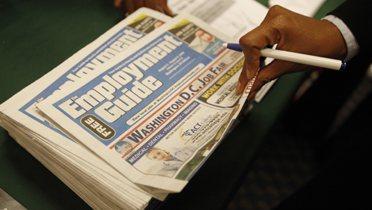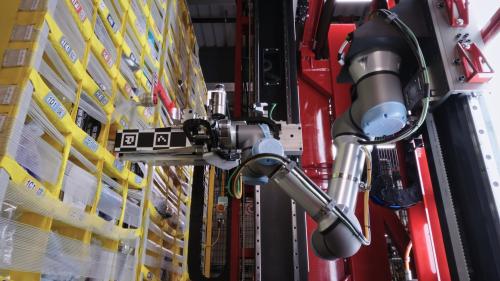Recently we noticed that the year-old federal Recovery Act–for all its shortcomings and business-as-usual–actually served as a prolific hatchery for longer-term policy innovation. Along those lines we pointed out how many novel programs–introduced in the Recovery Act and ranging from the Department of Education’s Race to the Top (RTT) and Investing in Innovation (I3) funds to the interagency Sustainable Communities Initiative–are now wending through Congress as bona fide program start-ups in the base FY 2011 budget process. Stimulus, to that extent, really did introduce a few bits of true program creativity.
Yet now here’s another observation relevant to the cause of reform: Many of the most forward leaning and innovative program offerings in the recovery package have been hugely over-subscribed by state and local applicants who are clamoring for new approaches.
The result of a recent review of agency stimulus data led by our colleague Sarah Rahman, this finding of course reflects the acute needs of sub-national governments and community organizations that have been reeling all year with the fiscal and economic fall-out of the Great Recession. (See a matrix of the programs and the demand for them). But it also attests to the deep and broad-ranging demand across America for new types of federal engagement.
Consider the size and variedness of the appetite for some of the most progressive competitive grant offerings:
- The Department of Energy’s mold-breaking Advanced Research Projects Agency-Energy (ARPA-E) program and the Department of Labor’s Pathways out of Poverty program for green workforce training each received 10 times more proposals than they could accept
- The Department of Transportation’s Transportation Investments Generating Economic Recovery (TIGER) and Transit Investments in Greenhouse Gas and Energy Reduction (TIGGER) programs were even more over-subscribed in terms of the total funding requests made in relation to the total grant amounts available. In TIGER’s case it was 38 times greater; in TIGGER’s case, it was 20 times greater
- Likewise, the Broadband Technology Opportunities Program and High Speed Rail competitive fundings registered total funding requests that were six to seven times greater than the respective programs’ funding availability
- And finally there is the case of the Build America Bonds. Started up in the stimulus package with issuance expectations of $4 to 5 billion, uptake of this new lower-cost borrowing tool now exceeds $71 billion
What are we to make of this outpouring of demand? One implication is simply that the overhang of need in metropolitan America is great, not just for fiscal relief (as this recent Metro report underscores), but for investment of all kinds: in energy innovation, education and training, transportation infrastructure and broadband networks. Congress should consider the message of program oversubscription and respond to it in the near term with new investments that will set a platform for growth going forward. For example, why shouldn’t the jobs bill being cobbled together now simply instruct key agencies to go down the list of unfunded stimulus projects and fund some of the most qualified ones?
But to us the more compelling takeaway from our analysis is that the Recovery Act unleashed an extensive pent-up hunger for more flexible investment in the U.S. as well as new competitive grant approaches. New energy research paradigms, programs that move toward a low-carbon future, grants for new sorts of transportation solutions: Those have been the opportunities on offer. And as it happens, the response to the call has been immediate, enthusiastic, and geographically distributed. That means the demand for federal program reform and transformative investments reaches broadly across the nation. And that means that Congress must step up the pace of program reform, even in bad times. Going forward, the worst possible scenario would be for the resource constraints of the coming budget cycles to squeeze out the innovative (e.g. competitively awarded, merit-based programs) and revert back to federal business-as-usual (political awards and rigid formula-based categorical programs).
Congress should heed the message of the Recovery Act’s oversubscription. Scores of Washington’s partners in U.S. metropolitan areas are urgently pursuing new priorities and new ways of operating as they seek to put in place the foundation for the next era of productive and sustainable growth. Congress should provide them the sort of catalytic programs and resources they seek.
The Brookings Institution is committed to quality, independence, and impact.
We are supported by a diverse array of funders. In line with our values and policies, each Brookings publication represents the sole views of its author(s).






Commentary
Stimulus Creativity: Oversubscribed
March 24, 2010